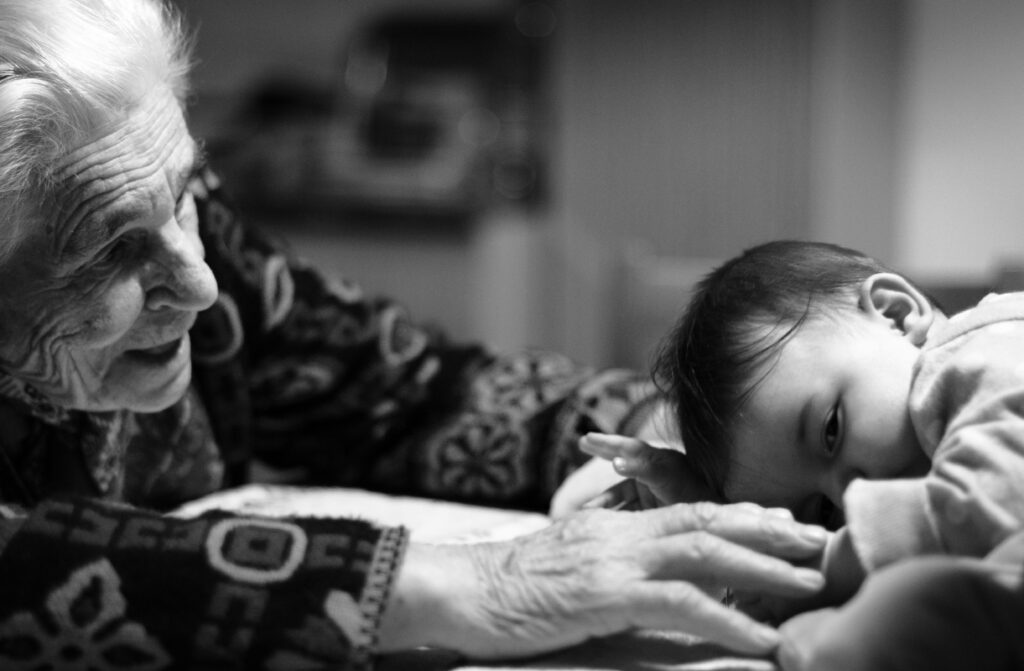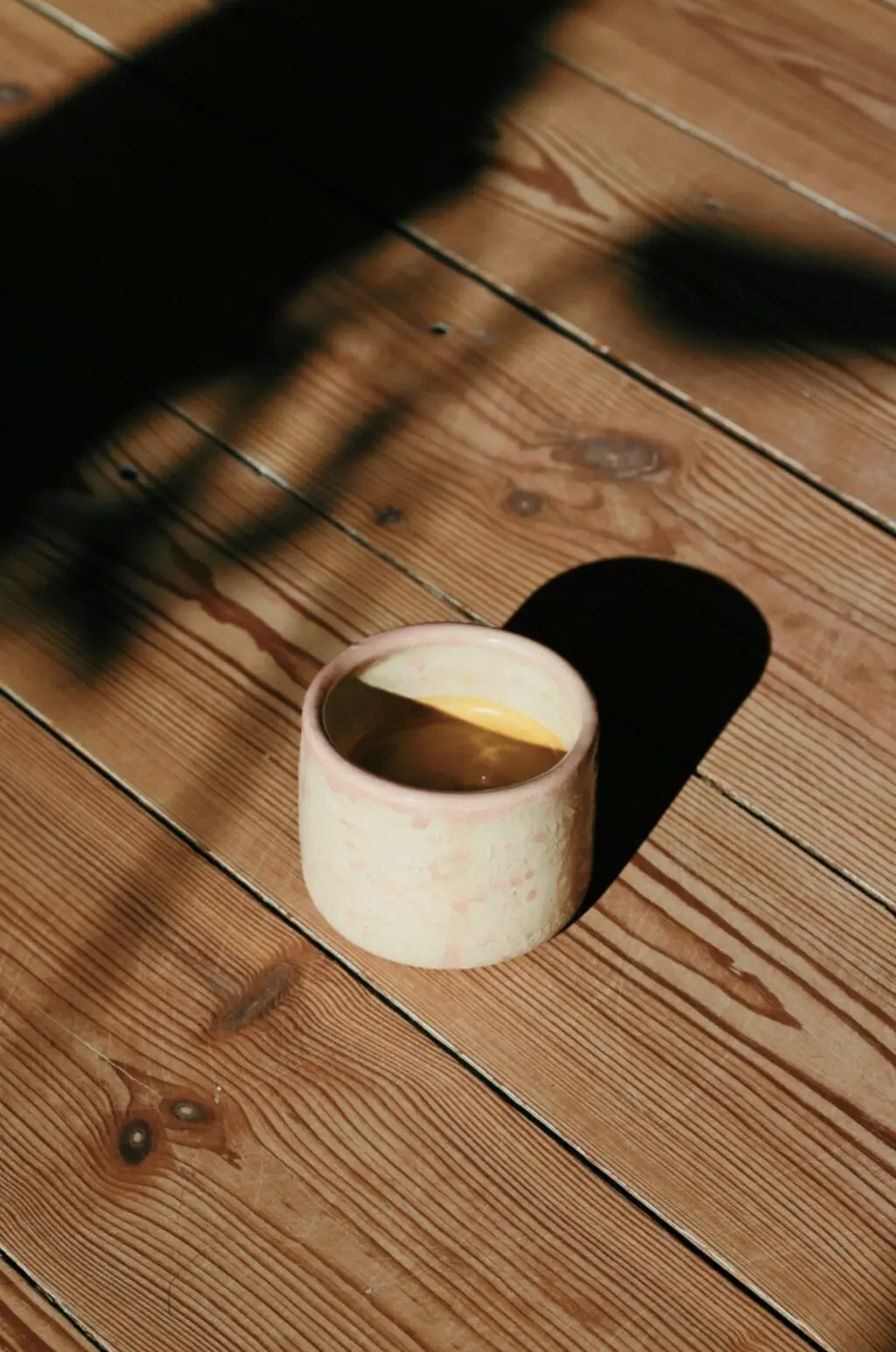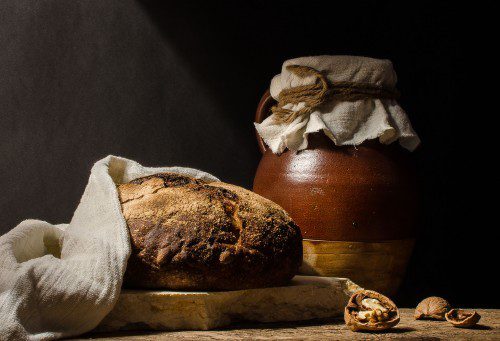Still life photography is a creative type of photography and it can be very fulfilling. You do not need to go for complicated setups and objects to photograph, but can find small interesting things from your day-to-day life and capture a story through still life photography. In this article, we will look at how to capture still life photographs of objects at home.
We have everyday objects lying around us that may mostly look boring without any interesting features for photography. Using them to tell a story can be challenging but at the same time a very rewarding experience if you put your creative vision into action. You just need some knowledge on photographing still life and then you can put in your creativity to capture interesting still life photos at home.
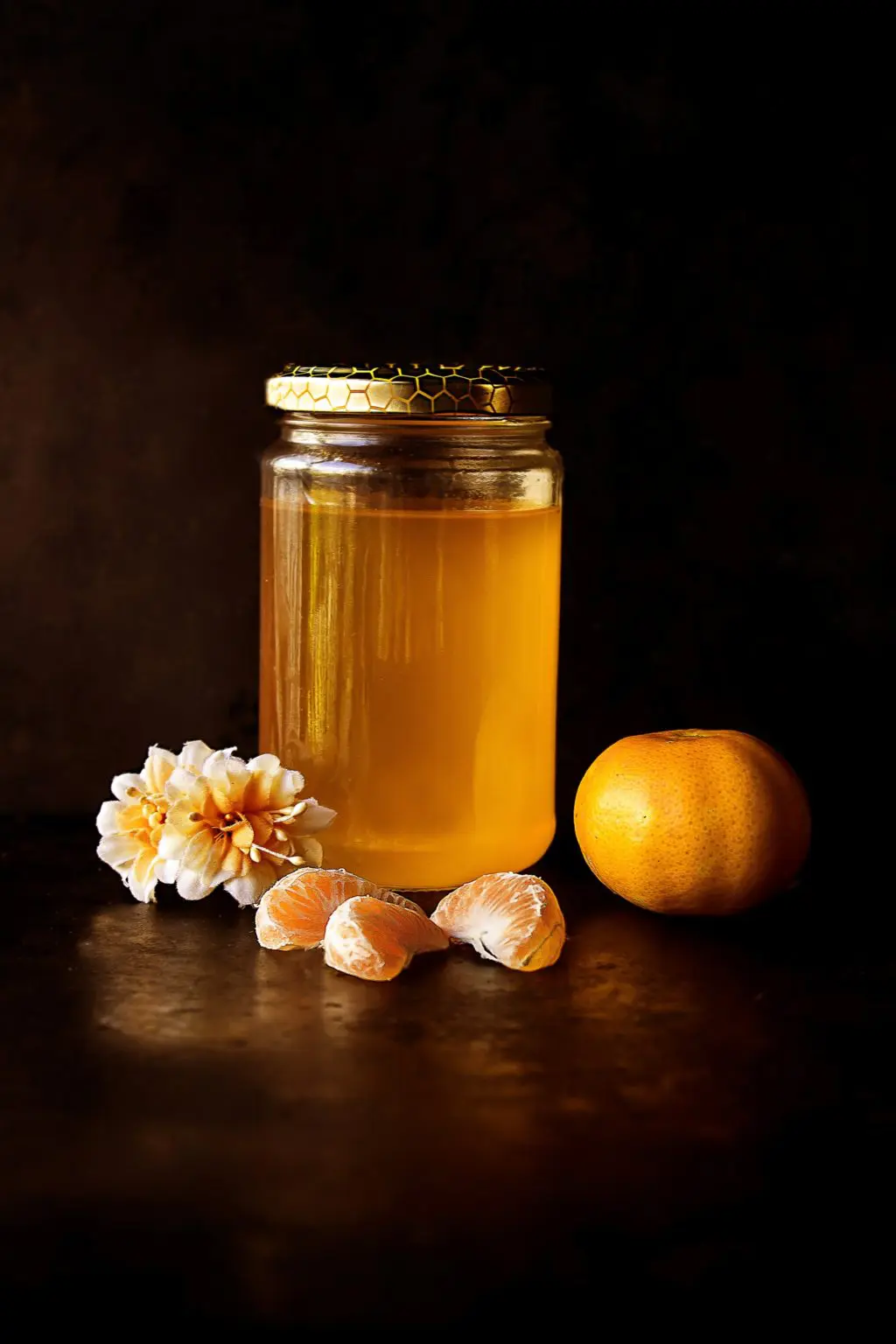
Here are some tips and ideas so that you get some inspiration for still life photography using everyday objects at home!
Still Life Photography With Objects At Home
Still life photography is about capturing beautiful and meaningful images of inanimate objects. So, look for objects around your house either indoors or outdoors, and choose one or a few that really mean something to you. This is so that you will be able to connect with your subject and use it to tell a personal story.
The subject can be pretty much anything that you find in your house. It could be as simple as a cup of coffee, a pile of your favorite books, electronic devices, some fresh flowers, fruits or vegetables from your home garden, tools that you use for various purposes at home, kitchen wares, fabric, shoes, ornaments, and so on.
Choice Of Subjects For Still Life Photography
When choosing subjects for still life photography, it is advisable to choose something that is meaningful and interesting. It is also important that you photograph something that you feel connected to because that lets you capture the subject using a different perspective and emotional approach. You will look and feel about the subject differently compared to other subjects.

Less interesting subjects and ones that you are not emotionally connected to can be a bit difficult to photograph and show an interesting story, but it is not impossible. It is just that you need to think more and find ways to make the subject look interesting in a photograph.
For example, coffee brings in a comforting and cozy mood, same with tea and other warm drinks, whereas a summer drink can bring in a cheerful vibrant mood emotionally. So when shooting these subjects, you will need to use appropriate lighting to bring in the mood that you feel in the photograph. Bright light and colors for cheerful subjects and soft light for cozy subjects.
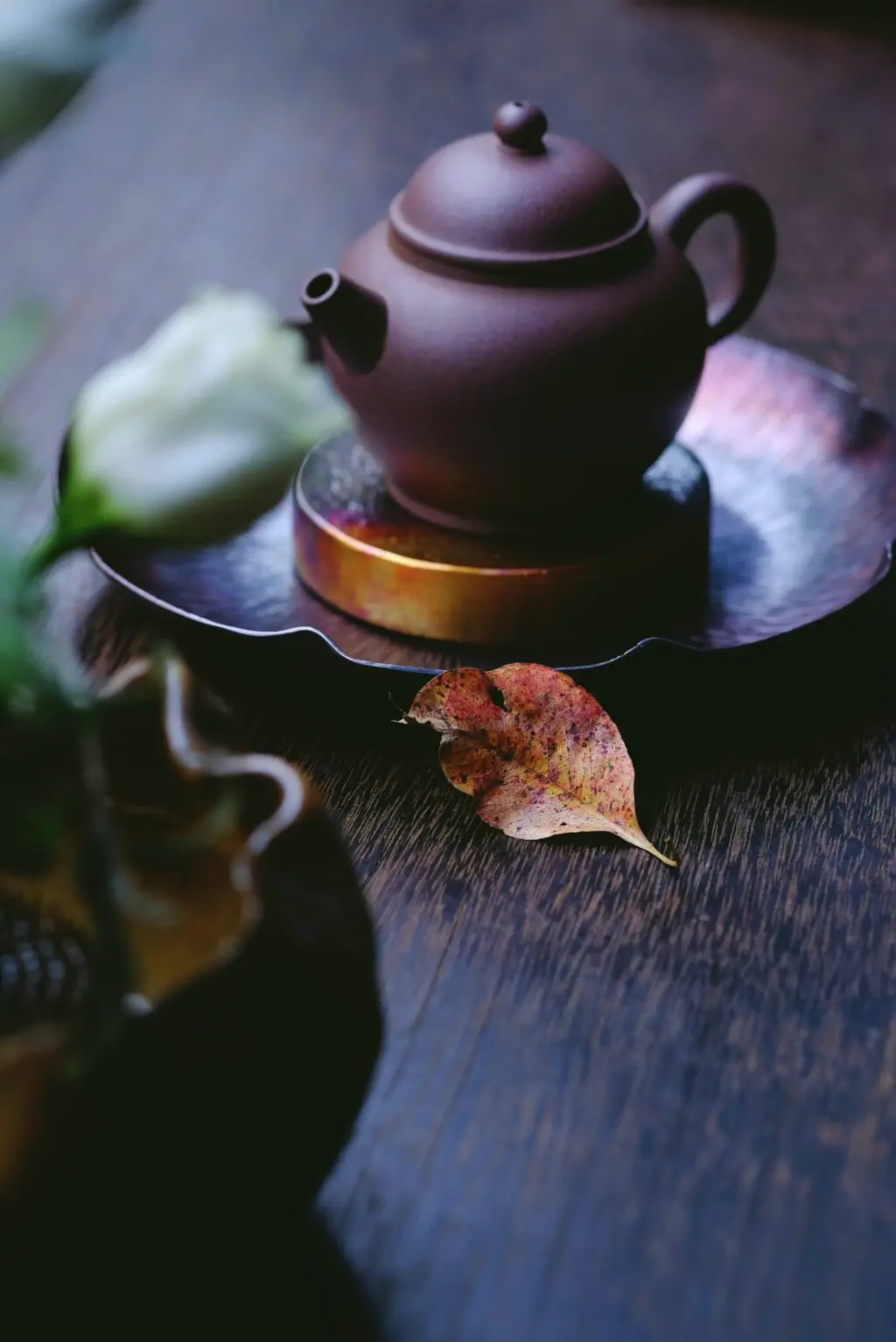
Another example can be shooting fresh summer flowers or a bunch of dry autumn leaves. Both evoke a certain different mood and will need to be approached and photographed differently in terms of colors for background and lighting.
Gear For Still Life Photography
Gear for still life photography is pretty simple which means you can even shoot still life photos with a smartphone. Smartphones come with wide-angle lenses and another one or two additional focal lengths of which one could be a narrow one. Do not use a very wide-angle lens, but use the one closer to 35 or 50mm focal length for better shots with less distortion.
Any camera is good for still life photographs, be it a DSLR, mirrorless, micro four thirds, full-frame, or APS-C sensor, including a compact camera. Do not worry too much about the camera, but make sure you get the best out of the gear and settings you can with the gear you have in hand.
When it comes to DSLR or mirrorless cameras, use either a 35mm or 50mm lens depending on the space where you will be shooting and how much closer or wider you want the shot. 50mm lenses have less distortion compared to the 35mm lens, are great for still life photography, and are one of the first lenses most photographers purchase after purchasing their cameras.
85mm lenses just like how they are very good for portraits are also very good for shooting still life photos without any distortion. Not many photographers carry an 85mm lens, so when starting out with still life, shoot with the lens that you have in hand, even if it is the kit lens and that is totally fine.
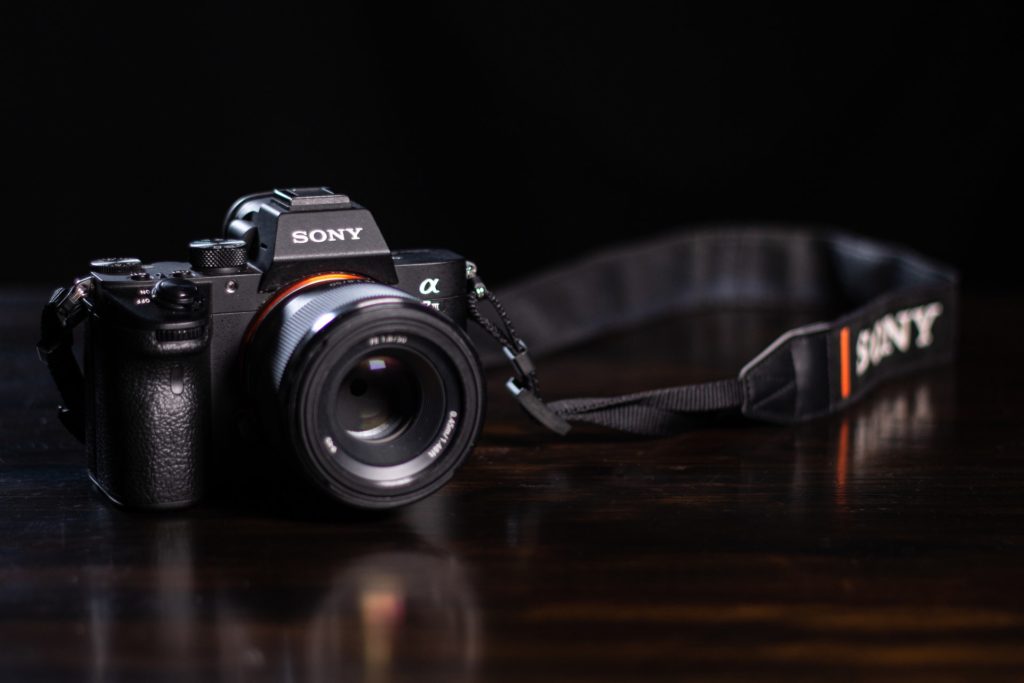
Camera Settings For Still Life Photography
When you have made the right choice of gear for still life photographs, you need to focus on the camera settings to get the desired outputs. We advise you to shoot in manual mode so you can creatively control exposure.
Still life photography is a slow process, where you carefully choose your subject, then choose a location, background, light, etc., and then compose the shot for effective resulting photographs. So you can take your time to set the camera in manual mode, so you get the desired results.
If you are not yet confident with manual mode, you can choose to shoot in aperture priority mode. In this mode, you set the desired aperture value in the camera and the camera decides the shutter speed and iso values depending on the shutter speed and iso limits that you have set.
Choose the desired aperture value depending on how much depth of field you are looking to achieve in the image.
- If you want your subject to stand out against the background, then you can use aperture values between f/1.8 and f/2.8 or even f/4 depending. If using a kit lens, use the widest aperture possible.
- If you want more of the background and other elements in focus, it is advisable to close down the aperture to between f/5.6 and f/11 depending on how much of the background you need in focus. This will also be helpful if there are more than one objects in the scene that you’d like to show in the image.
If you are shooting in manual mode, choose a shutter speed of about 1/250s. If you want to go slower because of low light and you are hand-holding the camera, do not go slower than 1/focal length taking into account the crop factor of the camera. Based on the aperture and shutter speed settings, set the iso value for desired exposure.
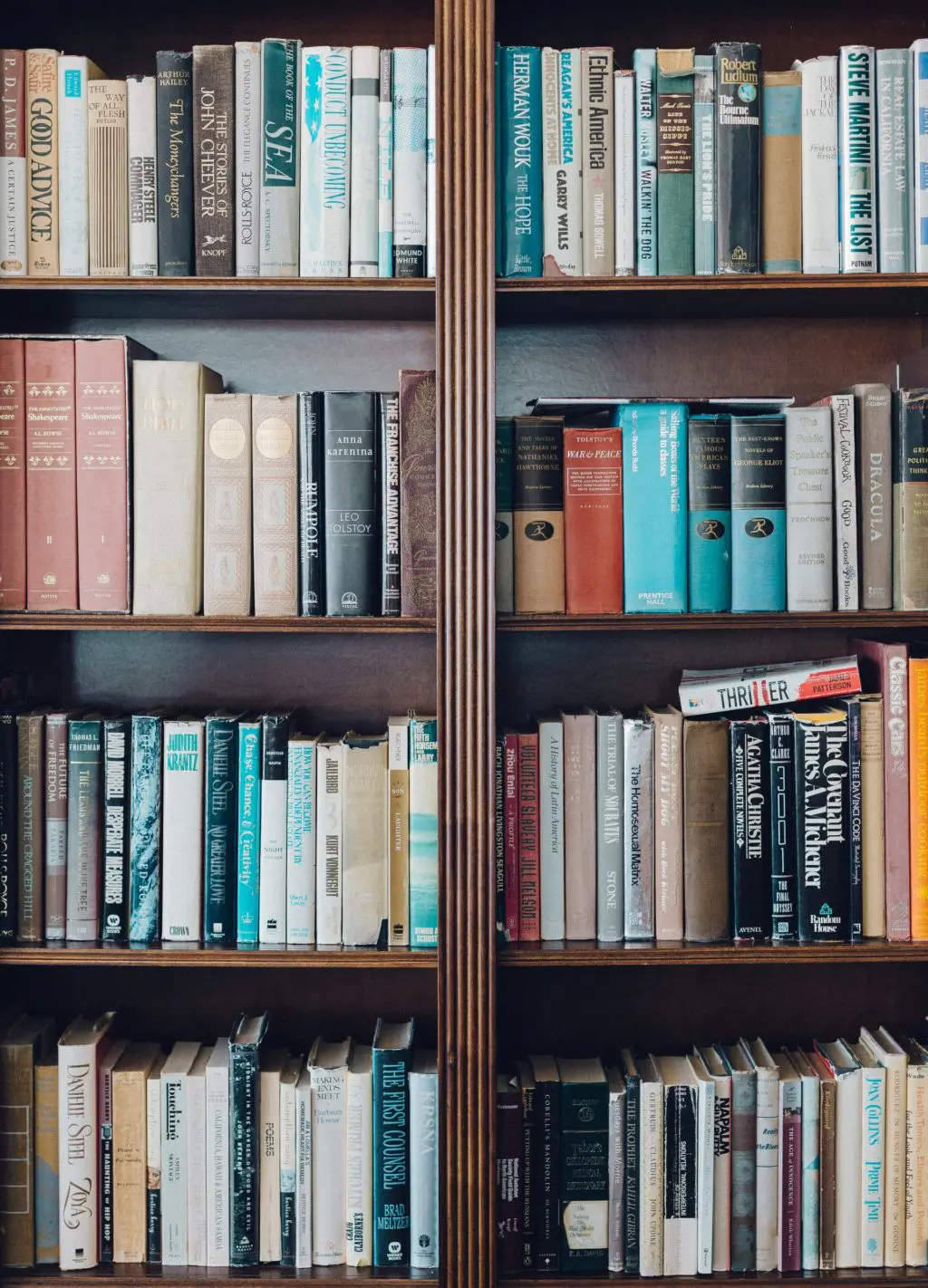
Characteristics Of Good Still Light Photographs
Still life photography is not about just taking a shot of any still life object. There is more that is required for successful still life photographs. The main characteristics of still life photographs are good lighting, setting up the scene for photography, and then using powerful compositions to get a visually pleasing photograph.
1. Lighting For Still Life Photography
Lighting is the most important factor when it comes to photography because without light, there is no photography. With some good light, one can capture amazing photographs, so make sure you use the right kind of light in the right intensity or strength from the right direction.
Natural light is the best for most types of photography and is one that is easily and freely available. For still life photos, soft light suits the best. So you can shoot on an overcast day or on other days if the light is too bright, make use of white curtains or other material that can diffuse the amount of light falling on the subject or scene for still life photography.
The next consideration with light is the direction of the light source. We all know that side lighting with natural light is one of the most beautiful and easiest ways to light a subject. Besides this, lighting slightly at an angle from the back of the subject can also help with capturing dramatic photographs. Both these types of lighting help with interesting soft shadows that help to add depth to the image. You can also experiment with various other lighting setups like from the top, slightly low, etc., and see how they work.
Some notes to keep in mind about lighting are,
- Do not mix two types of lighting. When shooting using natural light, switch off any other indoor lighting that’s on because they can mess up the white balance and in turn change the colours and mood of the image.
- Also, do not illuminate your subject straight from the front as this type of lighting will look flat. If there are shadows that need filling up, make use of reflectors to bounce back some light on to the shadow areas.
- Hard lights are not always bad for photography. Depending on the light and the scene, sometimes this light can help with dramatic photography. You can even use hard light to frame your subjects interestingly.
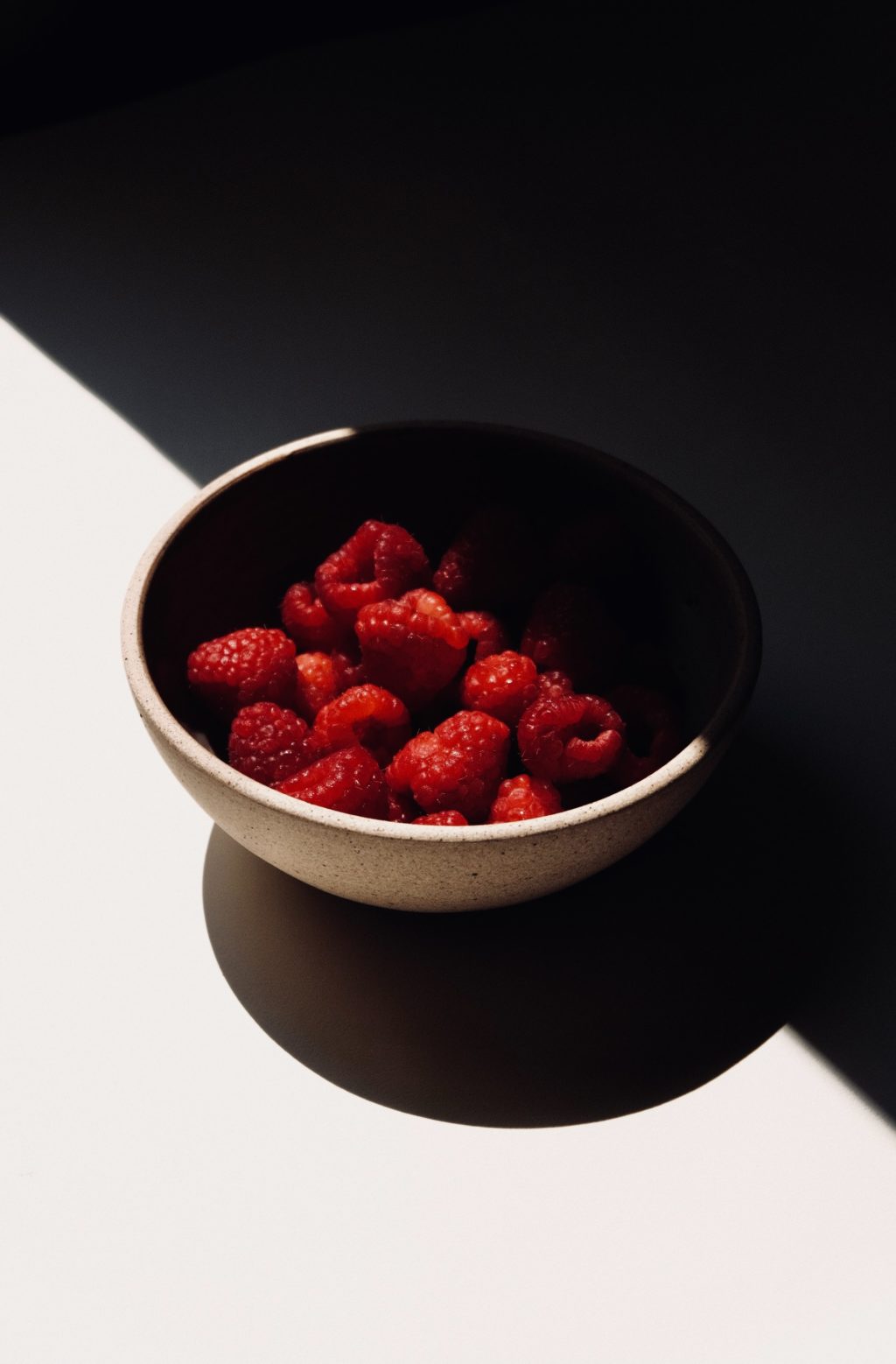
2. Set Up For Still Life Photography
Besides the subject that you are shooting, you need to pay attention to the objects around that will add to the story of the subject that you are shooting. You can use complementary elements and other props to add interest. Make sure you add elements that add meaning to the main subject, have a connection with it, and will help give a boost to the story.
For example, if you are photographing a drink, for example, a lemon drink, you can have a couple of halved lemon slices around, maybe even some lemon leaves if it was harvested from your garden, to show the freshness, a bunch of mint leaves, and soda if that will be added, some glasses that will be used for the drink, and any other props if required that go with the story. You can even add a small plant, towels, etc., to bring more meaning to the scene, but make sure you add only the required ones and do not clutter the scene.

You do not have to always set up still life on a table or something similar. You can photograph things in their original location like a corner of a room, a shelf in the kitchen, a bookshelf, a window in a room, a basement, an old garage, beds, sofas, and so on. Make sure the light is interesting and portrays the real mood to suit the scenario.
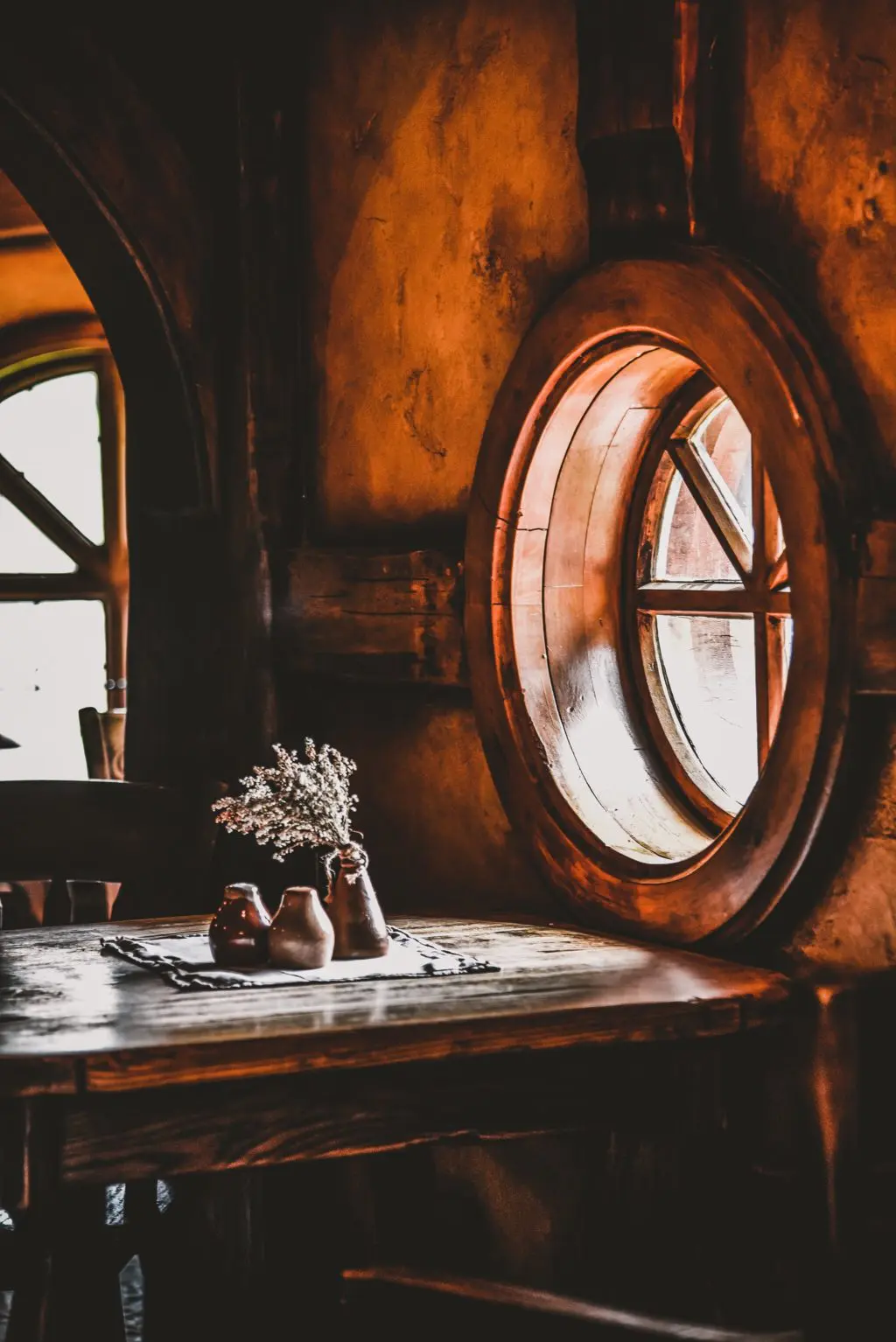
3. Composition For Still Life Photography
The final step before capturing the photograph is composition. Composition helps to arrange the subject and other elements in the frame and create a connection between them.
Rule of thirds is the most commonly talked about and used the compositional guideline and it can be used as a base for composing the images, but we insist that you go beyond this guideline and explore other interesting ones as well.
Look to use composition guidelines like the golden spiral, negative space, rule of odds, golden triangle, diagonal compositions, visual balance, contrasting colors, etc. You can even go with a color scheme where you choose items like fruits or vegetables of similar color and arrange them for a still life photograph. Do not forget to look for abstract compositions in still life photographs.
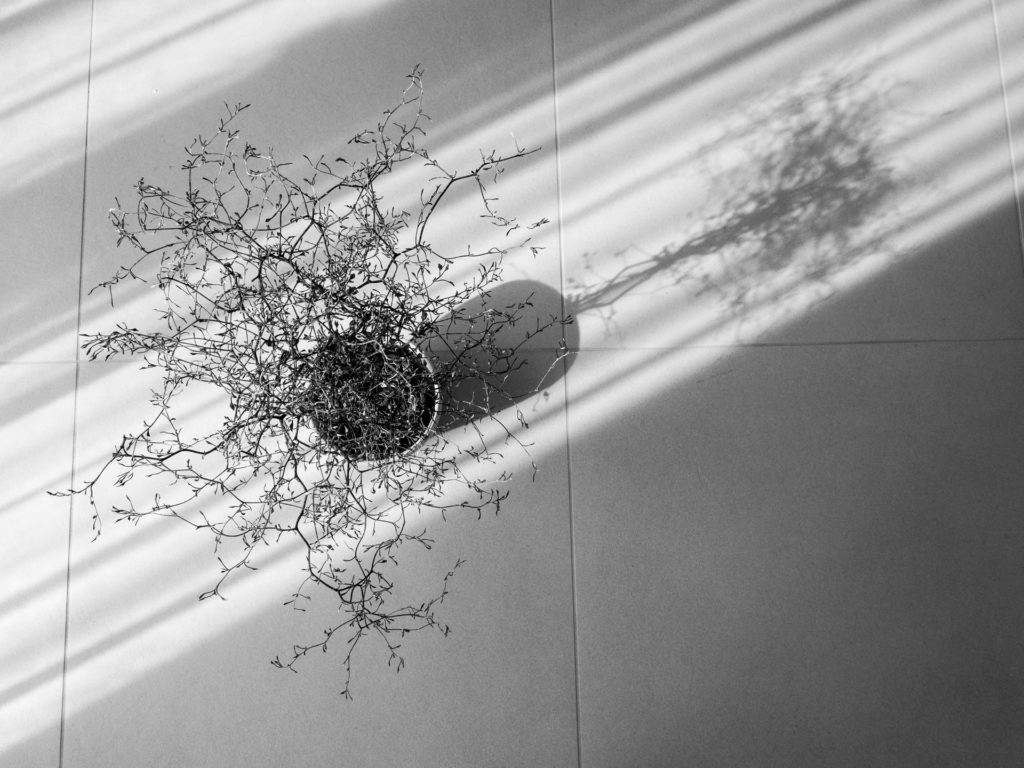
Once you have great composition and the scene looks perfect, move around at angles on either side to see which perspective or angles work best. You can even look to see if a higher or lower perspective helps tell the story better. Look at photographing a flat lay composition as it can help create compelling and interesting images.
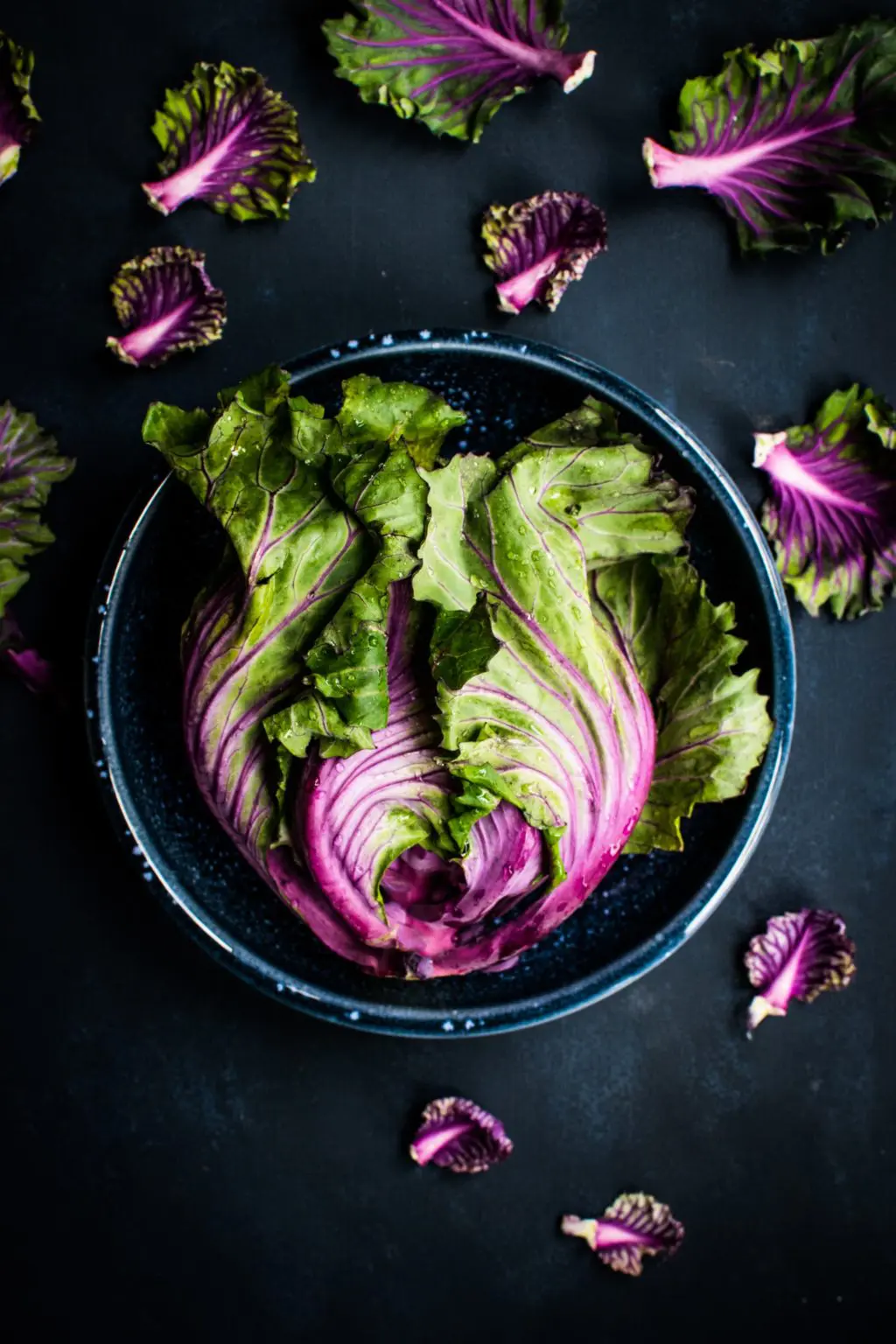
Ideas For A Still Life Photo Set Up
We have already talked about most of the basics for still life photography at home. Here are some tips and ideas to keep in mind for a great still life photo setup.
- Choose a room or location that has good and soft light. If the light is hard, use diffusers or wait for the evening or morning so you can shoot under soft light.
- Use rooms that have light wall colours for bright and cheerful images. This will also help with bouncing off light naturally on to the shadow areas if required.
- If you are shooting a melancholic scene, you can go for rustic or other dark colours that suit the story. Also, if you are shooting a scene where you want a dramatic mood with dark backgrounds, then make use of dark backgrounds or rooms with dark walls. You can alternatively shoot in a dark room near a softly lit window.
- The light, background and colours in the room need to suit the subject you are photographing.
- Use elements in the foreground to add depth in the frame. Try creative angles and perspectives for creative shots. You can even blur the foreground elements to frame your subject.
- Use human interaction like hands holding something and other similar interesting ideas to capture lively still life photographs.
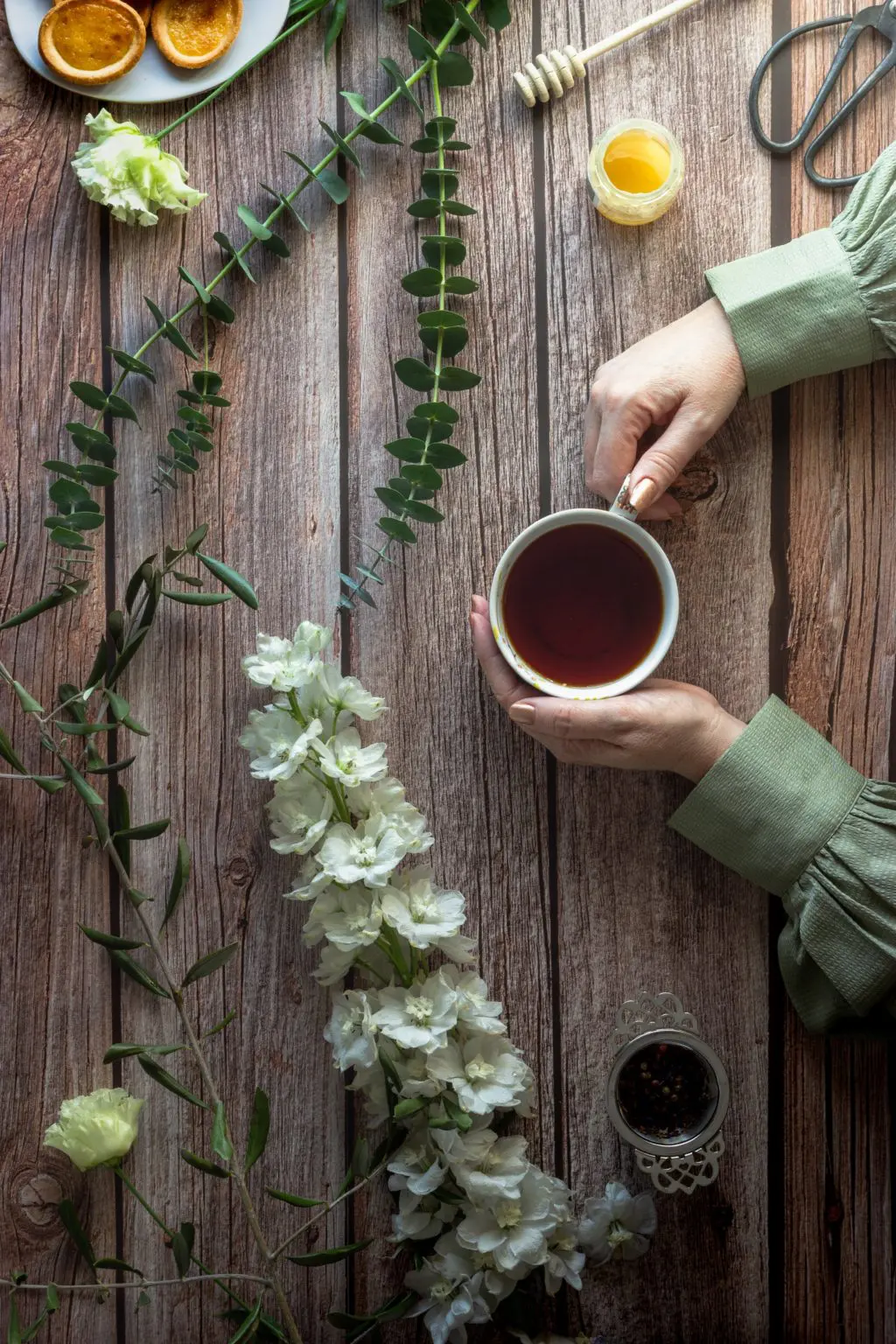
Editing Still Life Photos
Editing is an important part of a photography workflow, as it helps to enhance the mood, lighting, and colors in the image. Go through the images and select the best images for editing.
- If you shot the images using a smartphone, you can make edits in the smartphone itself. There are great editing apps like Adobe Lightroom Mobile, Snapseed, VSCO, etc.
- If you are editing on a computer, import the images into a post processing application like Lightroom. Clean up the image if there are dust specks and other distracting elements that need to be removed.
- Adjust the white balance if necessary, straighten, crop and compose the images.
- Make basic adjustments like exposure, contrast, shadows, highlights, etc.
- For moody images, keep the exposure slightly lower and play with the tone curve to add a slight fade to the images.
- If you have elements that would work well with a bit more clarity, apply some clarity and texture if required. If you want to give the image a pop, increase the vibrance a bit. You can work with specific colours on the HSL panel.
- If there are local adjustments that you need to make to reveal details in shadow areas, or, dodge/burn specific areas, make use of the brush tool and work on it.
Do you have experience photographing still life? What are your choices when it comes to choosing subjects, lighting for still life photography, and why? Share with us in the comments section below and we would love to know!

